Rather than taking the direct route, we followed the Lake Superior Scenic Highway finding a Fish Hatchery, lighthouses, and views of lake freighters.
International cooperation on a shared lake, this truck was in Michigan helping to identify and limit the growth of Sea Lampry.
Noticing a sign for a fish hatchery, we pulled in to visit Pendills Creek. A large, covered building housed about one million Lake Trout fingerlings.
Hatched in 2016, they will be released next May (2018) when they reach a length of about six inches.
They were preparing to weigh and size the Lake Trout. Walking with this screen moved the fish to one end of the tank.
A school was moved to this holding bucket.
A group of fish was carefully weighed.
Then an intern counted the number of fish in the bucket.
Stopped at two campgrounds, both of which had spaces.
Stopped at Iriquois Lighthouse where the Lake was quite calm.
The interior of the lighthouse was left as it had been furnished in the 1950’s. Appliances and furniture reminded me of home.
Trails allow good views of passing Lakers.
View from the top of the lighthouse
The lake is narrowing here and boats are heading for Lake Huron.
Sault Saint Marie
THe new locks
Our next stop was on the Sault St Marie bridge waiting to clear customs into Canada. The traffic allowed us time to take a picture of the large locks bypassing the rapids here.
Visited the old locks in Sault St. Marie after an efficient border crossing.
Visited the old locks in Sault St. Marie after an efficient border crossing. Opened in 1895, they allowed large boats to pass between lakes Huron and Superior. The lock here was the first in the world to be operated by electricity.
A small museum offered a good model illustrating the elevation changes between Lake Superior and the Atlantic Ocean.
.
Our first free Canadian Park was Fort St. Joseph. The parks are free for Canada’s 150 anniversary.
All the national parks in Canada have red chairs…
Only foundations and chimneys remain of the fort from which a pre-emptive strike was launched capturing Fort Mackinac back in 1812.
The British retained control of Mackinac Island until the end of the war when it was returned to the United States as part of the Treaty of Ghent.
St. Joseph Island is home to Ontario’s biggest maple syrup farm. Using reverse osmosis, they pull water out of the sap before boiling, reducing the energy needed to make syrup.
Buckets have been replaced by surgical tubing leading the sap to a central collection location.
A huge Pancake Restaurant, in the midst of the Maple Forest is only open February – May. It may be worth a return trip!
Beth prepared dinner at a boat launch in view of the North bound shipping lane. Of course, no ships went by, but it was still a fun to be near the water.
We’re in Fred’s Trailer Park tonight in Richard’s Landing.
The majority of the sites are permanent here.
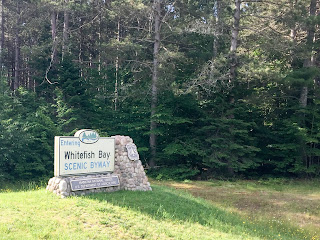


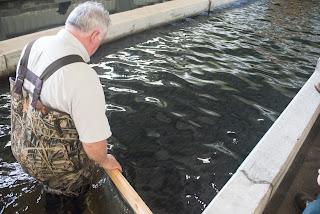
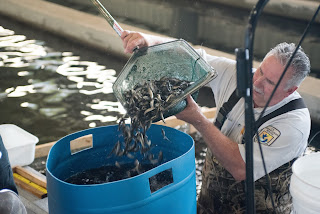
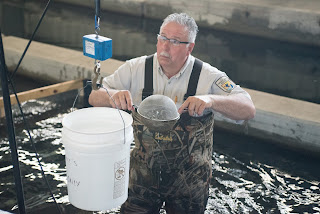
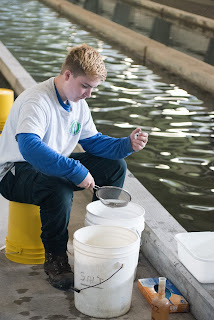
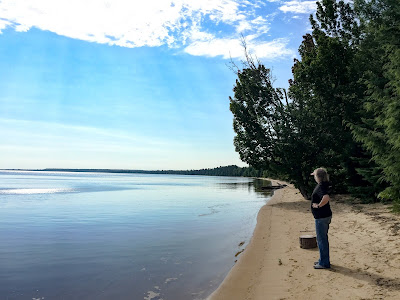
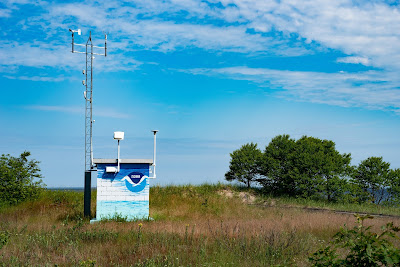
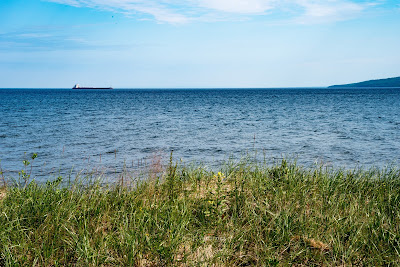

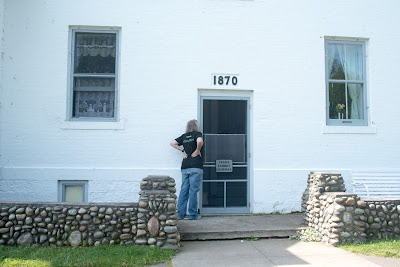
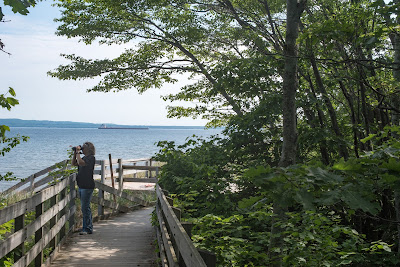

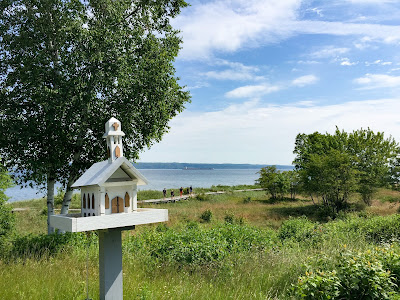
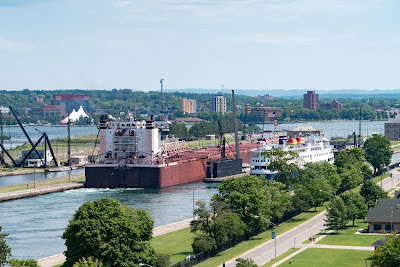

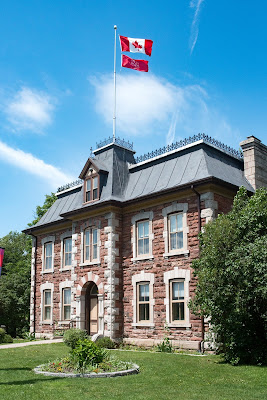
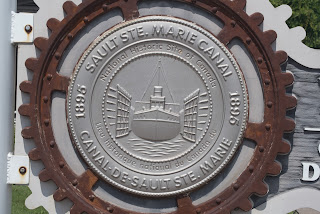
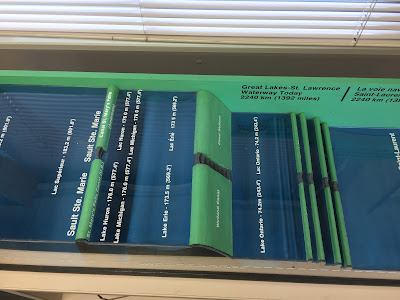




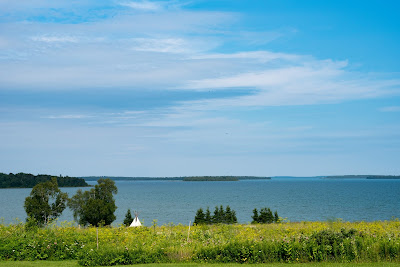
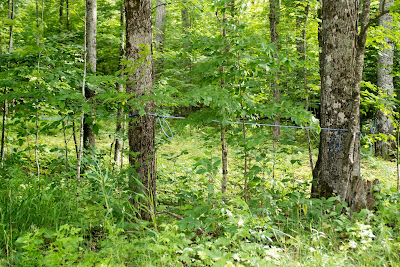


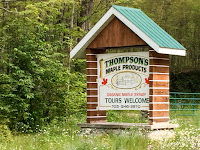
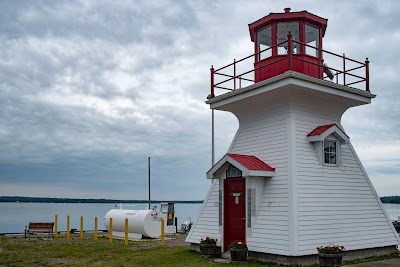


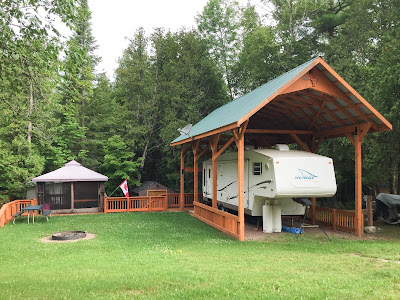
Leave a Reply